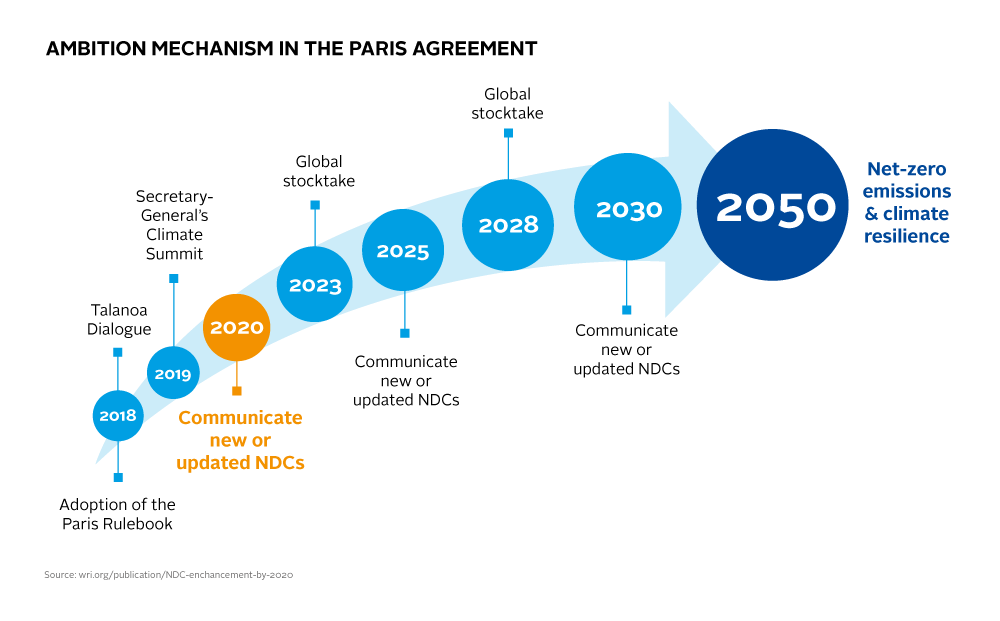How to Hold Corporations Accountable for Global Sustainability?
January 15, 2020

By Danielle Staggers
Corporations are active participants in producing global waste and carbon dioxide emissions, which means that they are accountable for their distribution of pollution and their part in protecting the health of our planet. According to the World Meteorological Organization, in 2018, the Earth’s atmosphere reached one of the highest carbon dioxide concentrations in recorded history and there hasn’t been a decline in greenhouse gas concentration since the Paris Agreement.

Unfortunately, carbon dioxide emissions continue to rise. An article published by The Guardian in 2017, stated that 100 companies were responsible for 71 percent of global emissions. The top five contributors were China’s Coal, Saudi Arabian Oil, Gazprom OAO, National Iranian Oil Co., and ExxonMobil Corp. Despite politicians having a split objective on climate change and uncertainty of implementation of the best policies, there has been an uptick in environmental accountability and conservation self-governance by companies and nonprofits.
The Wildlife Habitat Council (WHC) has rolled out a Conservation Certification program, both nationally and internationally. The program is designed to be flexible so that companies in different countries with different regulations can implement it. It provides opportunities for businesses to develop conservation projects and/or educational programs that positively impact the local community, the employees, and other stakeholders. Exxon Mobil Co. participated in the conservation program. Their Black Canyon Dehydration facility has received the WHC’s prestigious honors in 2008 for the rehabilitation of wildlife and restoring the local ecosystem.

Similarly, the Xerces Society for Invertebrate Conservation has a Pollinator Conservation Program that offers support to companies, processing facilities, energy corporations, and transportation platforms, providing opportunity to create environmentally-friendly areas for bees, butterflies, and other wildlife. The Bee Better program offers resources for pollinator-habitat installation planning and guides for beneficial insect habitats for farmers. It also provides a landscape for pollinator conservation in agriculture with a third-party verification from Oregon Tilth. They have certified farms in the summer of 2019 and have partnered with agri-business companies like AC Foods.

We know that there are companies willing to participate in conservation programs. How can the public utilize these programs to see the positive influence within their own communities?
Step 1: Figure out what makes sense. If there is a company in your area, neighborhood or community, find something that interests you and others around you and approach them with a sponsorship proposal. Many of the companies participating in conservation programs care about their public image and support of the local community. Harness the key issues, whether they are pollution, habitat degradation, or runoff, and bring these ideas to the company.
Step 2: Gather support. Find out what a company’s corporate values are and craft your proposal with that in mind. For example, Asbury Methodist Village, a retirement community in Gaithersburg, Maryland, is an avid participant with both the Xerces Society for Invertebrate Conservation and Wildlife Habitat Council. The residents of Asbury rallied together to advocate for environmental changes, and got their local energy provider Exelon to create an environmental subsidiary to carry out environmental projects. Energy customers have options, so it was important for Exelon to appear as a caring corporate citizen.
Step 3: Formulate project ideas or educational programs. Determine the projects or programs that you or your organization want developed. What is the best project for the area and what will make the largest positive impact? What is something that would make the company or organization have to perform regular maintenance and responsibility?
It may sound optimistic, but I want to believe that with the right approach, ordinary people can compel corporations to care about the future of the planet and its people. After all, the power of conservation and environmental change determines the future and drives the changes that humankind and wildlife need for survival.
Motivating factors of success for corporations:
- Investor and stakeholder influence
- Community involvement and initiatives
- Employee retention and growth
- Support from administrators and leadership
- Conservation may help with sustainable growth and company savings
- Expectations from clients and customers
- Being the “first” organization within an industry to promote conservation
Community impact is a powerful force: communities harness the power of local governments, small businesses, and nonprofits. A sense of readiness and transparency within a community served by a corporation can increase the success of integration and acceptance.



